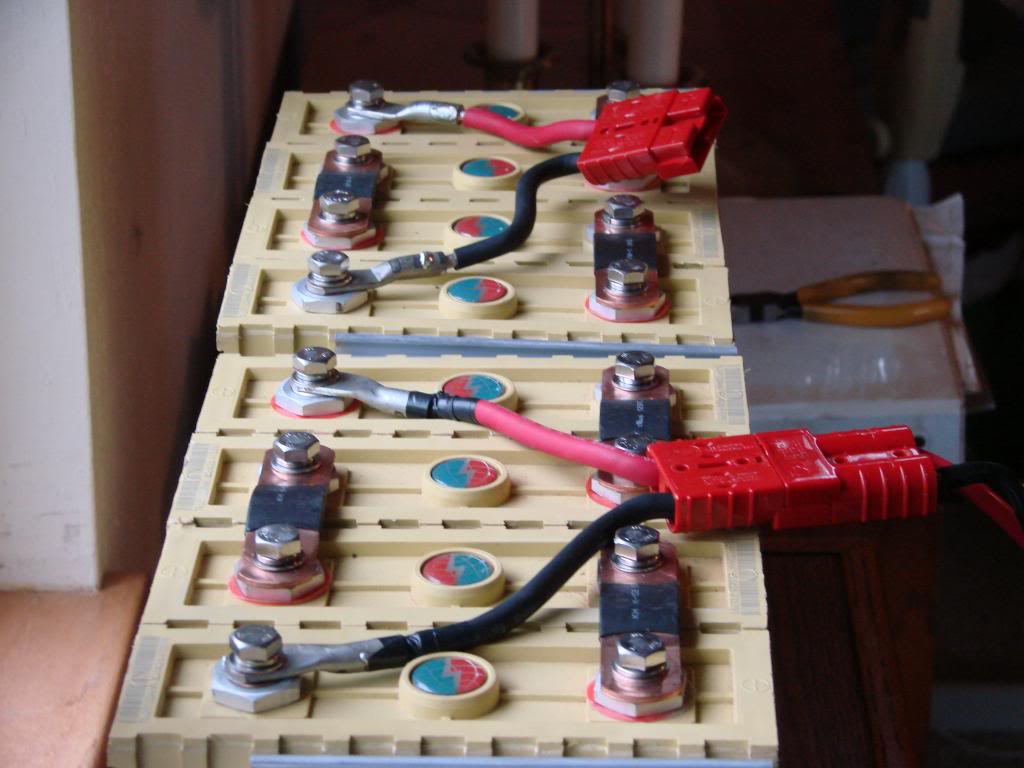The frustrating thing about challenging Eric on hull designs is that he's almost always right. There can be more to efficiency than just the power and fuel consumtion and how well the hull does at slower speeds even if it's designed for higher speeds.
If the definition of hyper-efficient is taken to specifically mean fuel consumption, it may be possible to run a semi-planing hull at a very slow speed with very little fuel consumption. But as I've learned from Eric there is always a trade-off. Just because a semi-planing (or planing) hull can be run slowly and so use very little fuel doesn't mean all is wonderful. The handling may suck, the ride may suck, the directional stability may suck. The owner, of course, won't know or admit this. He'll think everything is just peachy. And if that's the boat one runs, one tends to thing that's the way things should be.
I had the opportunity to briefly drive a large, heavy, displacement, wood, single-engine converted workboat the other week up the north end of Vancouver Island. The water was smooth but where I thought it would be like driving a larger version of our GB, I was way wrong. That big boat rode and handled far better than our GB. It was more directionally stable, it tracked better, it rode better (albeit in calm-ish water). Granted, a somewhat apples and oranges comparison but I think the point is valid.
Running a semi-planing hull slow certainly works--- it's been the whole premise behind the Grand Banks line of boats since 1966. But I don't think it's as efficient--- in every sense of the word--- as a properly designed displacement hull.
Tollys, Uniflites, GBs, etc are great boats and well built to boot. But if slow speeds were all I was interested in--- and I mean slower than hull speed--- I would not choose any of these boats. At slow speeds in rough water they wallow with a snap-back roll that some people find uncomfortable, for example, due to their very flat aftersections and hard chines.
So I believe Eric is, again, correct. Far better to determine exacty what you want to do with a boat in terms of speeds, fuel consumption, ride, etc. and then select a boat with a hull optimized for your defined performance than buy a boat that's NOT optimized for what you want to do and make it do it anyway. It may work fairly well, but if "hyper-anything" is your criteria, best to match the hull to the desired result exactly.








